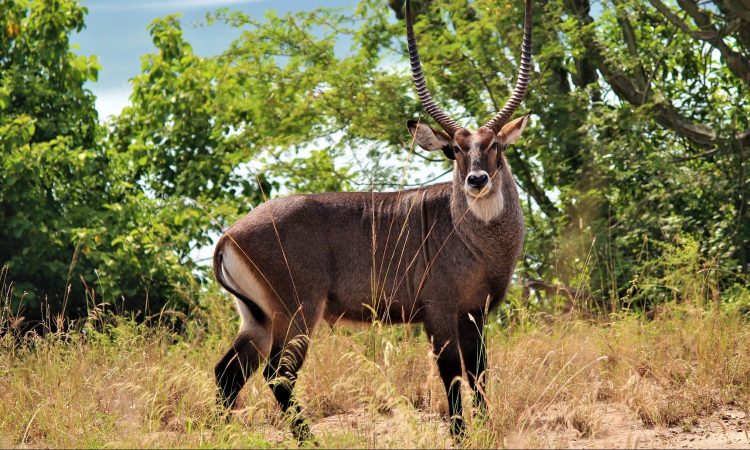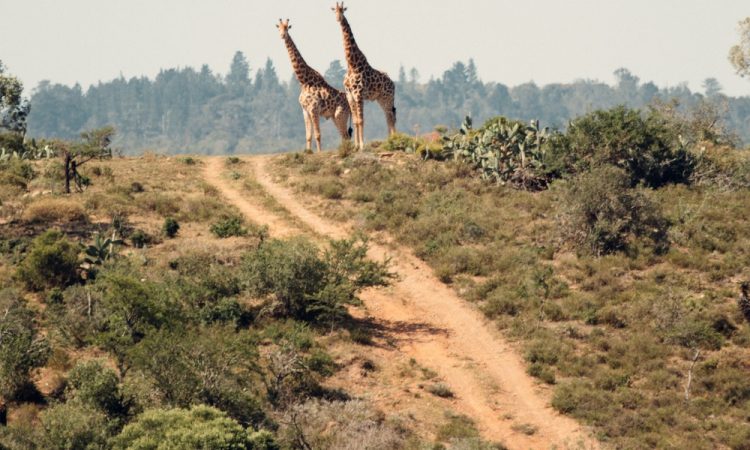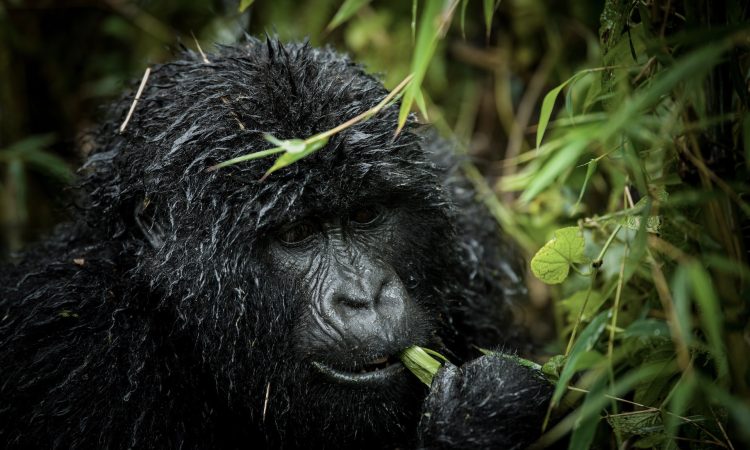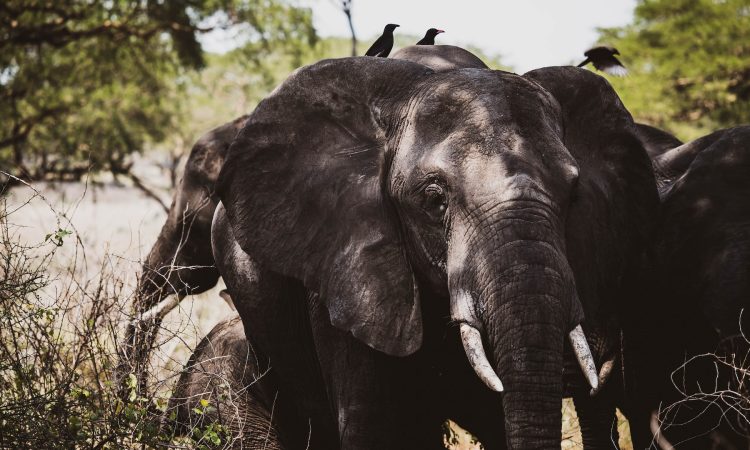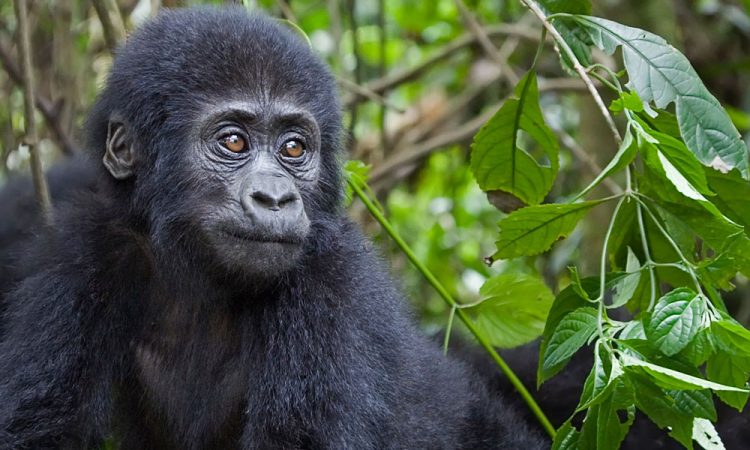Kidepo Valley National Park is Uganda’s best-kept secret. It is located in the remote northeastern part of the country covering an area of 1,442 kilometers squared. The park borders Kenya to the east and South Sudan to the North. Kidepo was ranked as one of the top tourist’s destinations in the world by Lonely Planet and CNN. Kidepo Valley National Park was first gazetted as a game reserve during the colonial government era in 1958 and was later established as one of Uganda national parks in 1962 during Obote’s regime. This top Uganda safaris destination hosts over 70 species of mammals and 475 species of birds.

If you want to uniquely enjoy wildlife without crowds and paparazzi then the untouched Kidepo Valley National Park is an ideal place for you. It portrays Africa the way it was 50 years ago. This park provides some of the most breathtaking scenic views in Africa.
The name Kidepo is derived from a local word “akidep” to mean “to pick up”. The locals used to pick fruits used for making local beer from this park hence, its name. Kidepo Valley National Park boasts with the highest buffalo population in the world with over 1,700 recorded. The road to the park offers one of the most beautiful scenic views in Africa especially if you pass through Pian Upe Game Reserve. Kidepo Valley National Park was ranked the third top tourist’s destination to visit in Africa by CNN a few years ago.
Kidepo is a real gem when it comes to wildlife viewing. Some of the animals found here cannot be found in other national parks in Uganda. Some of the game animals you can spot while on a game drive in Kidepo include Lions, Cheetahs, Elephants, Leopards, Buffalos, Warthogs, Bushbucks, Hartebeests, Zebras, Greater and Lesser Kudu, Spotted Hyena, Chandlers Mountain Reedbuck, Klipspringer, Giraffes, Oryx, Gazelles, Black-striped jackal, Aardwolf, Caracal, Bat-eared fox, Oribi, Elands, Uganda kob and primates like the Patas Monkeys, Black and White Colobus Monkeys and Olive Baboons to mention a few.
Birding
Kidepo Valley National Park is a birding paradise, sheltering some of the worlds rarest birds. The park is home to over 400 species of birds. Some of these include Ostrich, Red and Yellow Barbet, Dark Chanting Goshawk, Kori Bustard, Little Bee-eater, Karamoja Apalis, Red-throated Bee-eater, Abyssinian roller, Black-breasted barbet, Fox Krestel, Golden Pipit, Northern Carmine bee-eater, Chestnut Weaver, Jacksons Hornbill, White-bellied go away bird, Purple Grenadier, Pygmy Falcon, Abbysinian Scimitarbill, Rufous Chatter,Taitaa fiscal, Black-winged Pratincole, Palid harier, Hartlaub’s Turaco, Emins shrike, Ring-necked spurfowl, Dusky turtle dove and Little rock thrush to mention a few.
Hiking & Nature Walks
The Morungole mountains at the backdrop of the Kidepo valley are home to the smallest ethnic group in Uganda. These are the IK tribe, numbering to about 10,000 people with most of them being illiterate. The IK used to live at the valleys of Kidepo before the Karamojong people came and forced them to relocate to the mountains. There is so much more to learn about these mountain people as you explore the Morungole mountains. Mount Morungole stands at an elevation of 2,750 kilometers above sea level. Tourists can also visit the Namamukeny valley for a thrilling birding experience. Here you can spot birds like the Greenhood Hoppoe, Eastern Paradise Whydah, and White-Crested Turaco to mention a few.
Nature walks in Kidepo valley can be taken to the Kanangorok hot springs. You can also tour Idi Amin’s dream lodge that was never completed during his reign as president of Uganda. The hot springs are located beyond the Kidepo River along the South Sudan border. Lomej hills is also a great place for spotting wildlife like the Mountain Reedbucks. When taking a walk in Kidepo valley, tourists should ensure to be in companion of a ranger guide and never try to wander alone in the true African wilderness.
The Karamojong
The Karamojong, a tribe well known for their nomadic pastoralist culture live around Kidepo Valley National Park. They are cattle herders who value cattle so much like the Masai tribes of Kenya and Tanzania. They have very unique cultural values, ways of dressing and so much more, of course not forgetting their traditional dances. The Karamojong used to be very hostile and often made Kidepo unreachable. They were disarmed after a series of reports from tourism authorities about their actions of putting tourists on gun-point as they question them. Apparently, they understand the dynamics of tourism. They are now very calm and friendly, welcoming all tourists irrespective of their nationality.
Kidepo Valley National Park boasts with a semi-arid climate. The park can be visited all year round but visiting from June to September and December to February is highly recommended for the best wildlife encounters. This is the time the grass is short and animals can easily be seen. Wildlife gets concentrated on water catchment areas within the park to hydrate so they are very mobile at all times. The best time to carry out a birding safari is from November to April when migratory birds from North Africa and Europe are present.
Kidepo Valley National Park has got limited accommodation units because of its remoteness. However, there are a few lodges where you can spend your nights from after a long drive to the park. Some of the accommodation facilities include Apoka Safari Lodge, Kidepo Savannah Lodge, Nga’moru Wilderness Camp, and Apoka Bandas among others. Kidepo Valley National Park can be accessed from Kampala on a whole day drive via Gulu or Soroti-Moroto roads. Tourists can also fly into Lomej Airstrip in the park itself from Entebbe International Airport or Kajjansi Airfield.
Featured in: Uganda Attractions, Uganda Information, Uganda National Parks
